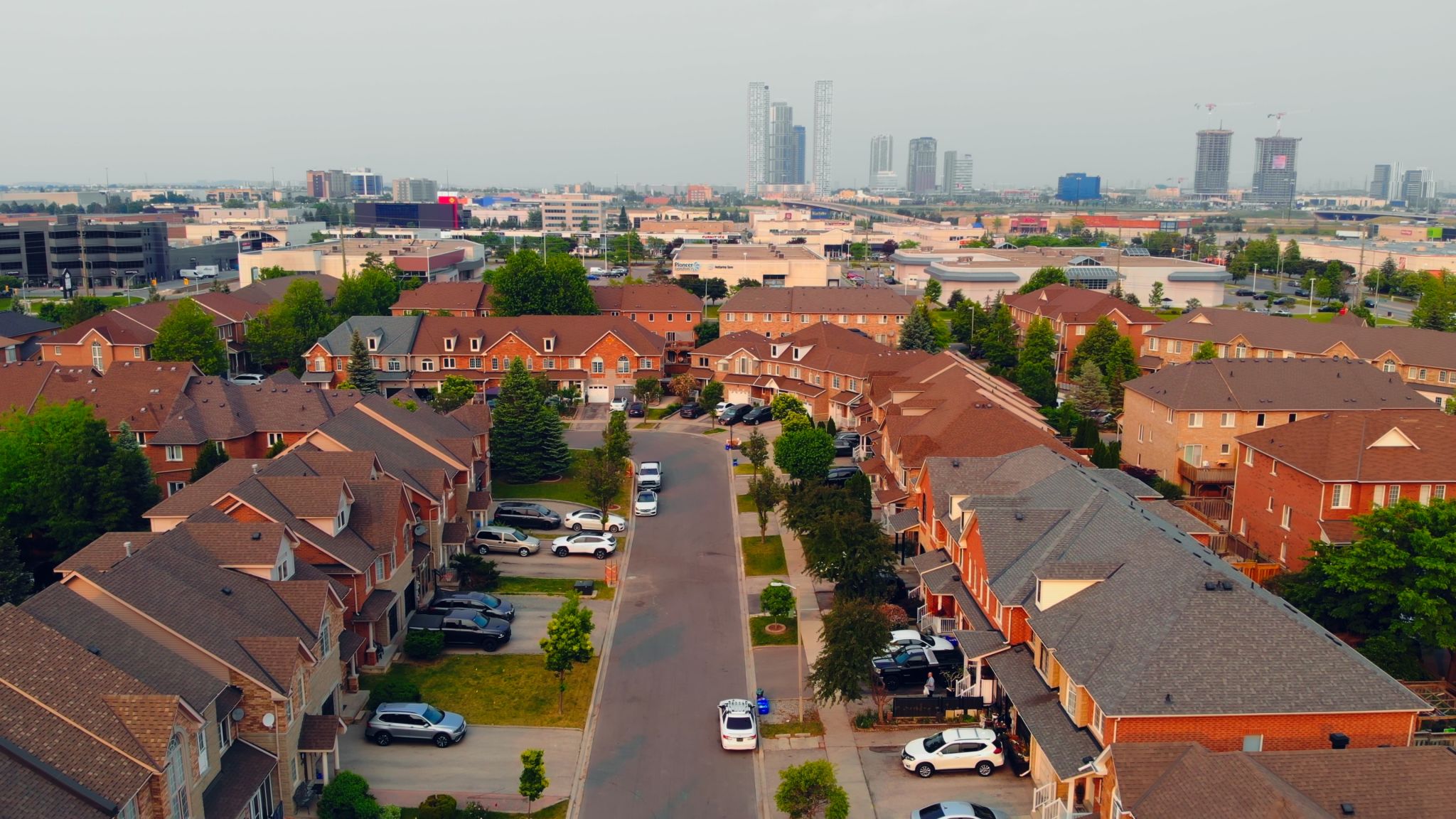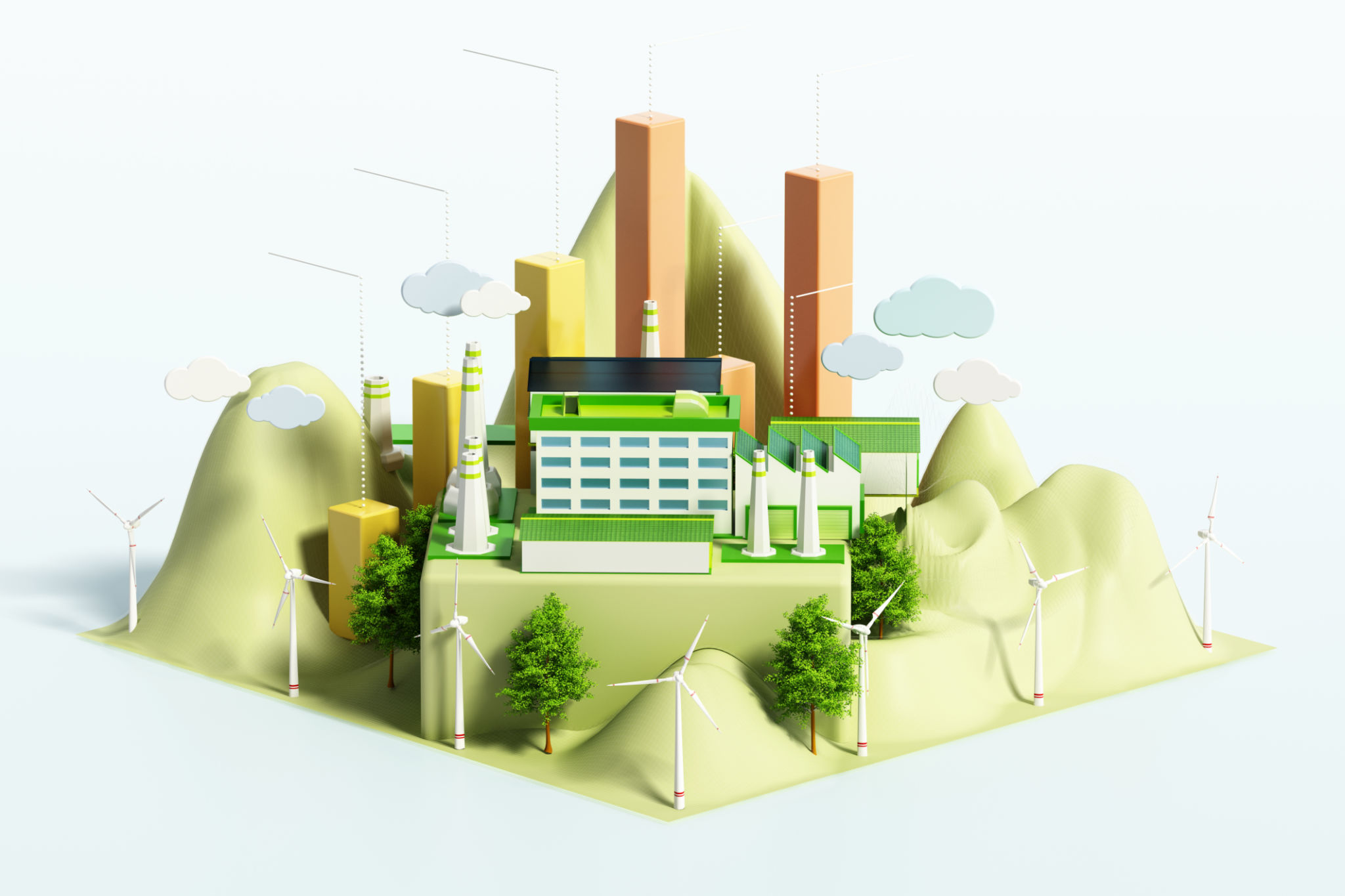Comparing Renewable Energy Options: What Works Best for Baltimore Residents?
Ki
Understanding Renewable Energy Options
Baltimore residents are increasingly exploring renewable energy options as a way to reduce their carbon footprint and lower energy costs. But with various choices available, it can be challenging to determine which solution is most suitable for individual needs. In this post, we will compare different renewable energy options and evaluate what works best for the unique climate and urban environment of Baltimore.

Solar Energy: Harnessing the Sun
Solar energy is one of the most popular renewable energy options in Baltimore. The city enjoys an average of 213 sunny days per year, making solar panels a viable choice for many homeowners. Installing solar panels can significantly reduce electricity bills and may even allow residents to sell excess power back to the grid through net metering. Maryland also offers tax incentives and rebates, which can offset installation costs.
However, not all properties are suitable for solar panels. Factors such as roof orientation, shading from trees or buildings, and historical district restrictions can impact the feasibility of solar energy. It's essential for residents to conduct a thorough assessment of their property before making a decision.
Wind Energy: Tapping into Natural Breezes
Wind energy is another option for those looking to embrace renewable energy in Baltimore. Small wind turbines can be installed on properties with sufficient space and wind exposure. The initial investment can be high, but wind energy systems have low operating costs and can provide substantial long-term savings.
However, urban areas like Baltimore often have limited space and lower wind speeds, making residential wind turbines less effective. This option is typically more suitable for rural areas or properties on the outskirts of the city.

Geothermal Energy: A Subterranean Solution
Geothermal energy is a lesser-known but highly efficient renewable energy source. By tapping into the consistent temperatures below the Earth's surface, geothermal systems can provide both heating and cooling. This makes it an attractive option for Baltimore residents seeking year-round climate control with minimal environmental impact.
The installation of geothermal systems requires significant upfront investment and may not be feasible for all properties due to space constraints or geological conditions. Nonetheless, the long-term savings on utility bills can be substantial, and Maryland offers incentives to help offset installation costs.
Biomass Energy: Converting Waste to Power
Biomass energy involves converting organic materials such as food waste, wood chips, and agricultural residues into usable energy. This option is particularly appealing in urban areas where waste management is a growing concern. Baltimore has several initiatives aimed at promoting biomass energy as a sustainable solution.
While biomass energy can effectively reduce landfill waste and lower greenhouse gas emissions, it requires significant infrastructure and coordination with local waste management systems. Additionally, it may not be practical for individual homeowners but could be beneficial for community or municipal projects.

Making the Right Choice
Choosing the best renewable energy option for Baltimore residents depends on various factors, including property characteristics, budget, and environmental goals. Solar energy remains the most accessible choice for many homeowners, thanks to its adaptability and financial incentives. However, those with specific needs or interests may find wind, geothermal, or biomass energy more suitable.
Ultimately, investing in renewable energy is a step toward a more sustainable future. By carefully evaluating each option's benefits and limitations, Baltimore residents can make informed decisions that align with their sustainability goals while contributing positively to the environment.